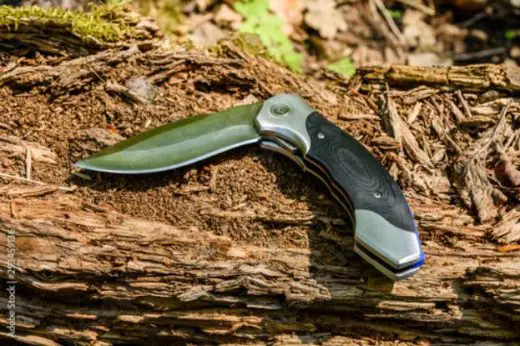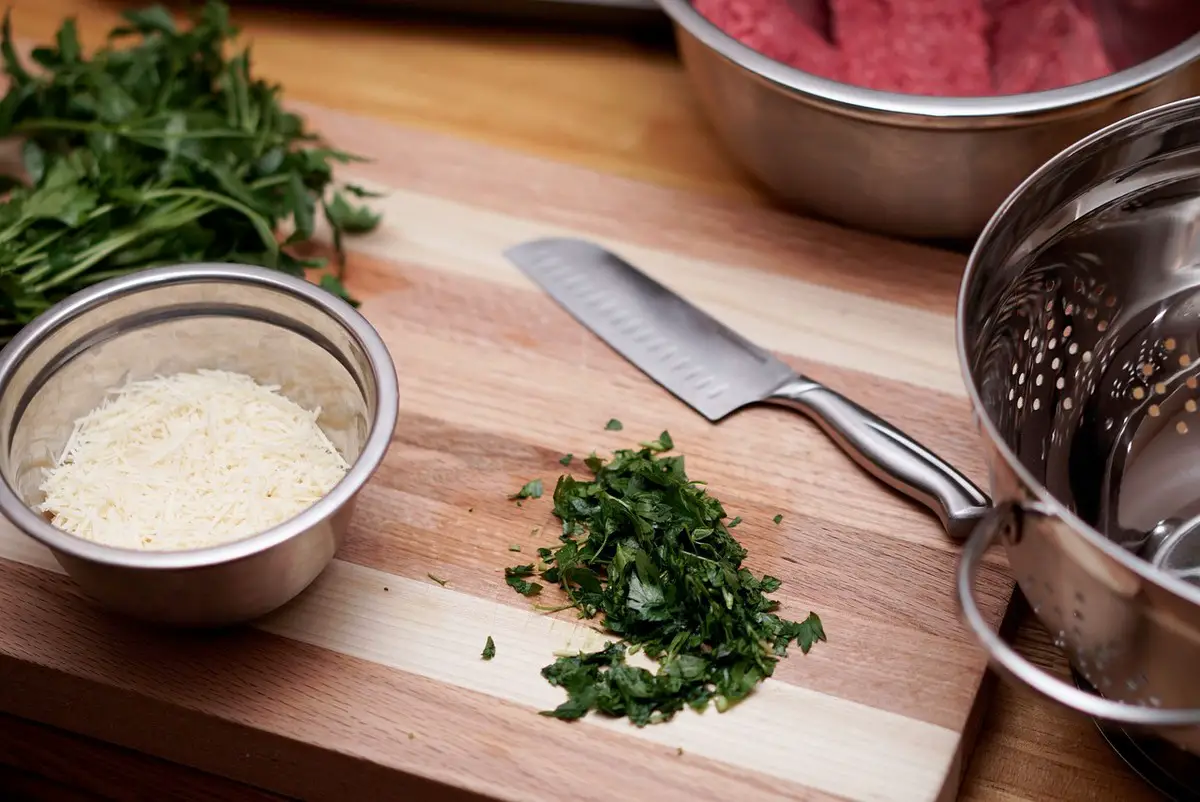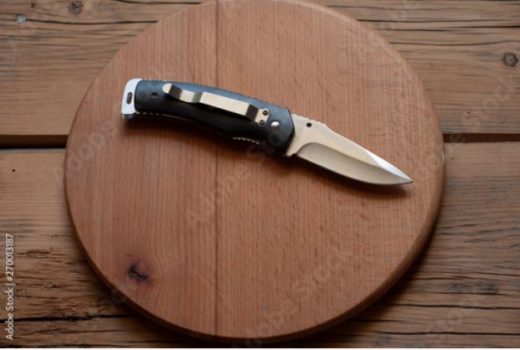Anatomy of knife components and features advice, Blades resistant to rust guide, Kitchen cooking cutting tools tips
The Anatomy of a Knife: Components and Features Explained
March 23, 2024
Cooking enthusiasts and professionals alike know the importance of having a good quality knife in their kitchen. Understanding the parts and qualities of a knife is key to ensuring accuracy and efficiency when cooking. In this article, we will explore the elements that make up a knife and why it is such a valuable tool.
1. The Blade: The Heart of Every Knife
The blade is undoubtedly the most important part of any knife as it determines its cutting ability and versatility. Most blades from reputed brands like Mega Boutique are crafted from steel for high durability, resistance to rust, and easy maintenance.
However, there are certain types of steel with their own unique characteristics. The blade features an edge that allows for easy cutting. The sharpness of this edge varies depending on the knife’s intended purpose. For instance, a chef’s knife typically has a bevel for effortless slicing and chopping, while a fillet knife has a thinner edge for delicate fish filleting tasks.
2. The Tang: A Hidden Source of Strength
Even though it might not be immediately obvious, the tang plays a key role in determining how well-balanced and stable a knife is. The tang refers to the part of the blade that extends into the handle.
Knives with a tang have their blades extended all the way into the handle, providing strength and durability. This construction ensures control over your cutting tasks and reduces the chances of accidents in your kitchen.
3. The Handle: Where Comfort Meets Ergonomics
The handle is where your hand connects with the knife, making it essential for comfort during extended use. Knife handles are commonly crafted from materials like wood, plastic, or composite materials such as G10, each offering its own benefits. Ergonomics plays a major role in designing knife handles.
A well-crafted handle will feature curves and contours that match your hand’s shape, ensuring a firm grip. Some handles also include textured surfaces or rubber inserts for improved grip in wet conditions.
4. Bolster: Adding Strength at the Hilt
Situated at the junction of the blade and the handle, the bolster is a piece of metal that adds weight and reinforces the knife. It helps to keep the knife balanced and includes a guard to prevent slipping toward the edge.
Some knives come with a bolster that runs the width of the blade, while others may have a half or no bolster at all. The decision on which bolster style to choose often comes down to personal preference and how you plan to use the knife.
5. Maintaining Blade Sharpness
A knife’s ability to stay sharp over time is essential for its performance. Different types of steel used in different blades offer varying levels of edge retention. Certain kinds of steels, like carbon steel, are well known for their excellent edge retention properties, making them ideal for chefs who need sharpness during long hours in busy kitchens. Ceramic knives are another good example known for their edge retention but are more prone to brittleness.
6. Heel: Enhancing Stability
The spine is the part of the blade opposite its cutting edge. Often underestimated, it plays a key role in adding strength and allowing control over cuts. The heel, located near where the blade connects with the handle, is another important part of a blade. It assists in tasks requiring force, such as crushing cloves or slicing through tough vegetables, like butternut squash.
Anatomy of knife components and features Conclusion
When you have a good grasp of the parts and characteristics that form a knife’s structure, you can confidently choose and utilise it for a variety of cooking activities.
Whether it’s picking the right blade for specific tasks or opting for a handle that offers ease and precision, understanding the anatomy of a knife is key to excelling in the kitchen. So, the next time you’re cooking, take a moment to recognise the key aspects that make your knife an essential instrument!
Comments on this guide to The Anatomy of a Knife: Components and Features Explained article are welcome.
Cutting tools: advantages of carrying EDC folding knife

photo courtesy of Adobe Stock
Building Articles
Residential Architecture
Comments / photos for the Anatomy of knife components and features page welcome






